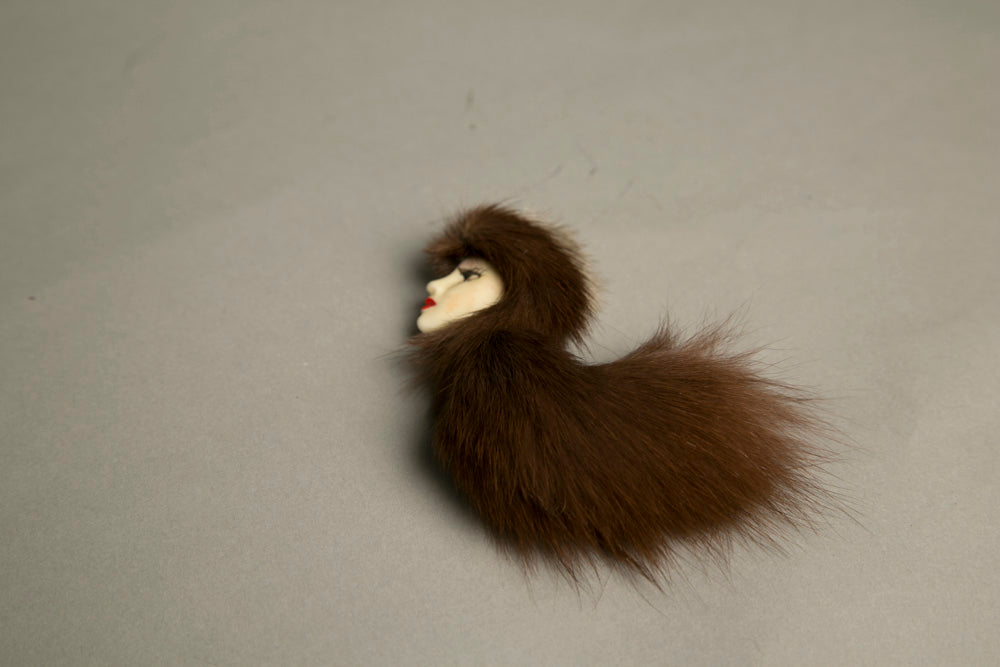
Fur in Fashion: Faux Pas or Fabulous?
Fur in Fashion: Faux Pas or Fabulous?
By Paige McKirahan
One material that has been on trial in fashion court for decades is one that was, for a large portion of its life, associated with high status and class. Fur accessories and clothing have been in circulation for 170,000 years and were used as a status symbol in as early as the 11th century. European royalty sported fur coats, capes, and accessories commonly made from mink, sable, and chinchilla fur. This increase in fur wearing prompted the creation of laws that regulated which social classes were permitted to wear specific furs. Prior to this, furs were more so used out of utility; the real pelts offered warmth and comfort to people in primitive cultures, starkly contrasting their new popularized purpose.
As the desire for luxury furs increased over the next five centuries, so did the development of fur farms. In the Victorian era, we saw a rise in popularity with both genders as the use of furs in movies put a spotlight on the wild textile. Coats worn by men tended to be lined with fur with other materials covering the outside of the piece. Women’s coats boasted fur accents throughout at the collar, wrists, and hems. We also saw the popularity of dress and shoe clips begin to inflate in the same period; these accessories were either adorned with fur details or accessorized the fur pieces themselves.

Victorian Era Furs
(photo credits to grandladies.com)
Other accessories that loved fur fun were scarves, shawls, and hats. Looking back at their basic use surrounding warmth, people used fur to accessorize cold weather outfits in style. These small hints of luxury could elevate any look and were sure to illustrate the wearers high status.
The 1900s brought big change to the fur industry as imitation furs began to take over the market. Real furs were expensive and many fashionistas, especially animal rights activists, associated them with cruelty. As technology improved, so did the quality of fake furs created from silk and synthetic pile fabrics. Designers began to create more casual looks using fur, moving away from glamour and more towards department store chic. The ’50s and ‘60s saw fur be more affordable than ever, with faux fur options being front and center on account of Old Hollywood influence.

1950s Fur Ad
(photo credits to vintagedancer.com)
Now, fur is still one of the most widely debated fabrics in the industry and and increased amount of high profile brands are declaring themselves as fur free. The ‘90s pushed the faux v. real fur debate and used iconic supermodels as spearheads for the movement away from a fur-filled future. Fendi seems to be at the center of this debate as their haute couture counterparts seem to be ahead in the faux fur conversation; Gucci and Versace have vowed to ditch the real thing, while Fendi continues to unapologetically create pieces with real animal fur. Whatever style you prefer, we encourage you to research furs and the benefits of both styles before deciding on a side! Remember to wear what you love, and find fur items you love in our collection!

